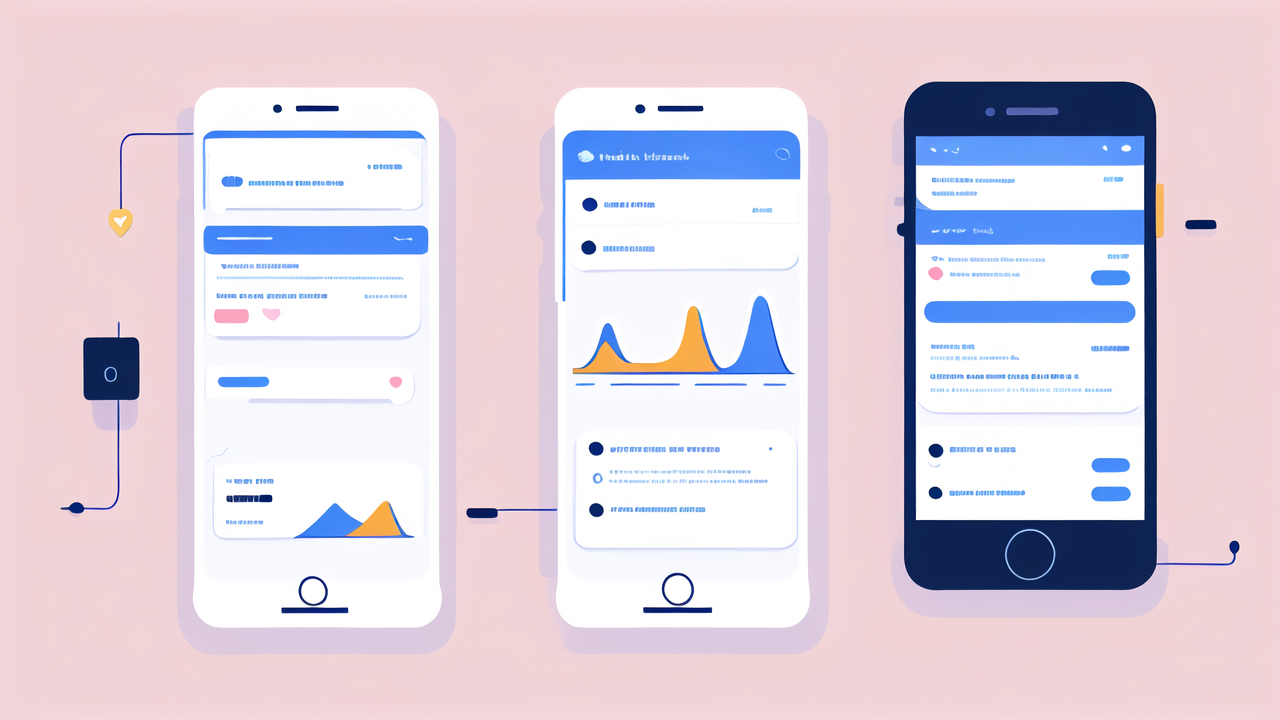The Evolution of Smart Watches in the Health Industry
A Brief History of Smart Watch Development
Smart watches have come a long way since their inception. The journey began with simple digital watches in the 1970s. These devices could only tell time and perform basic calculations. As technology advanced, so did the capabilities of smart watches. In the early 2000s, we saw the first watches with built-in phones. These were bulky and had limited functions. The real breakthrough came in 2015 with the Apple Watch. It combined fitness tracking with smartphone features. This set the stage for modern smart watches. Today's devices are sleek, powerful, and packed with health-monitoring tools.

From Fitness Trackers to Health Monitors: The Transformation
The transformation of smart watches has been remarkable. They started as simple step counters and calorie trackers. Now, they're sophisticated health monitors. Early fitness trackers focused on basic metrics like steps and heart rate. Modern smart watches go far beyond this. They can measure blood oxygen levels, detect falls, and even take ECGs. This shift has made them valuable tools for health management. Users can now track their overall wellness, not just their fitness. Smart watches have become personal health assistants, worn on the wrist.
Key Features Driving Health Improvements
Smart watches are packed with features that improve health monitoring. Here are some key ones:
- Continuous heart rate monitoring
- Sleep tracking and analysis
- Stress level detection
- Blood oxygen measurement
- ECG capabilities
- Fall detection and emergency alerts
- Menstrual cycle tracking
These features provide users with a comprehensive view of their health. They can detect potential issues early and encourage healthier habits. The ability to track multiple health metrics in one device is revolutionary. It empowers users to take control of their health like never before.
Cutting-Edge Technologies in Modern Smart Watches
Sensors and Algorithms: Enhancing Accuracy
Smart watches use advanced sensors to collect health data. These sensors are getting smaller and more precise. They can measure various bodily functions with high accuracy. The key types include:

- Optical sensors for heart rate and blood oxygen
- Accelerometers for movement and fall detection
- Electrodes for ECG measurements
- Temperature sensors for body temperature
But sensors are only part of the story. Smart algorithms process this data. They filter out noise and identify important patterns. This combination of hardware and software ensures accurate health monitoring. It allows smart watches to provide reliable insights into the user's health status.
Integration of AI and Machine Learning
Artificial Intelligence (AI) and Machine Learning (ML) are game-changers for smart watches. These technologies analyze vast amounts of data collected by the devices. They can identify trends and anomalies in a user's health data. AI can predict potential health issues before they become serious. It can also provide personalized health recommendations. ML algorithms improve over time as they learn from more data. This means smart watches become smarter and more accurate with use. The integration of AI and ML is making smart watches truly intelligent health companions.
The Role of Connectivity in Data Collection
Connectivity is crucial for smart watches' health monitoring capabilities. Most smart watches can connect to smartphones via Bluetooth. This allows for easy data syncing and analysis. Many also have Wi-Fi and cellular capabilities. These features enable real-time data transmission to healthcare providers. Users can share their health data with doctors for better care. Connectivity also allows for software updates. This means new health features can be added over time. The connected nature of smart watches makes them powerful tools for ongoing health management.
Impact and Future Trends in the United States Market
The Rise of Smart Watches in Health and Wellness
Smart watches are becoming increasingly popular in the US health and wellness market. More people are using them to monitor their health daily. The COVID-19 pandemic has accelerated this trend. People are more health-conscious and interested in home health monitoring. Smart watches offer a convenient way to track various health metrics. They're being used not just for fitness, but for managing chronic conditions too. Many healthcare providers now encourage patients to use smart watches. They see the value in the continuous health data these devices provide. This rise in popularity is driving innovation and competition in the market.

Predicting Future Developments: What's Next for Smart Watches?
The future of smart watches in health monitoring looks promising. We can expect to see several advancements:
- Non-invasive blood glucose monitoring
- Advanced mental health tracking
- More accurate sleep analysis
- Integration with telehealth services
- Improved battery life for longer wear
- Enhanced AI for predictive health insights
These developments will make smart watches even more valuable for health management. They may become essential tools in preventive healthcare. We might see them prescribed by doctors for certain conditions. The line between consumer device and medical device may blur further.
Ethical Considerations and Privacy in Health Data Management
As smart watches collect more health data, privacy concerns grow. There are questions about who owns this data and how it's used. Companies must ensure user data is protected from breaches. There are also ethical considerations in how AI interprets health data. Decisions made based on this data could impact users' lives. It's crucial to have clear guidelines on data use and interpretation. Users should have control over their health data. Transparency in data collection and use is essential. Balancing innovation with privacy and ethics will be an ongoing challenge for the industry.




Leave a comment
This site is protected by hCaptcha and the hCaptcha Privacy Policy and Terms of Service apply.